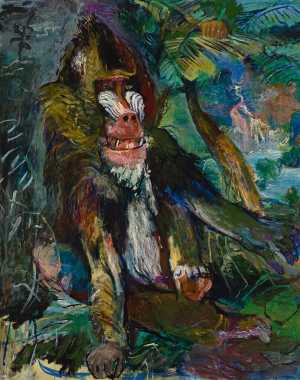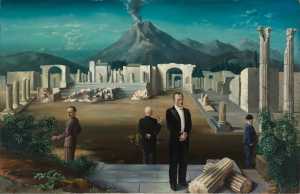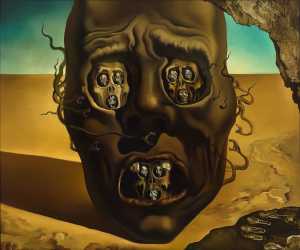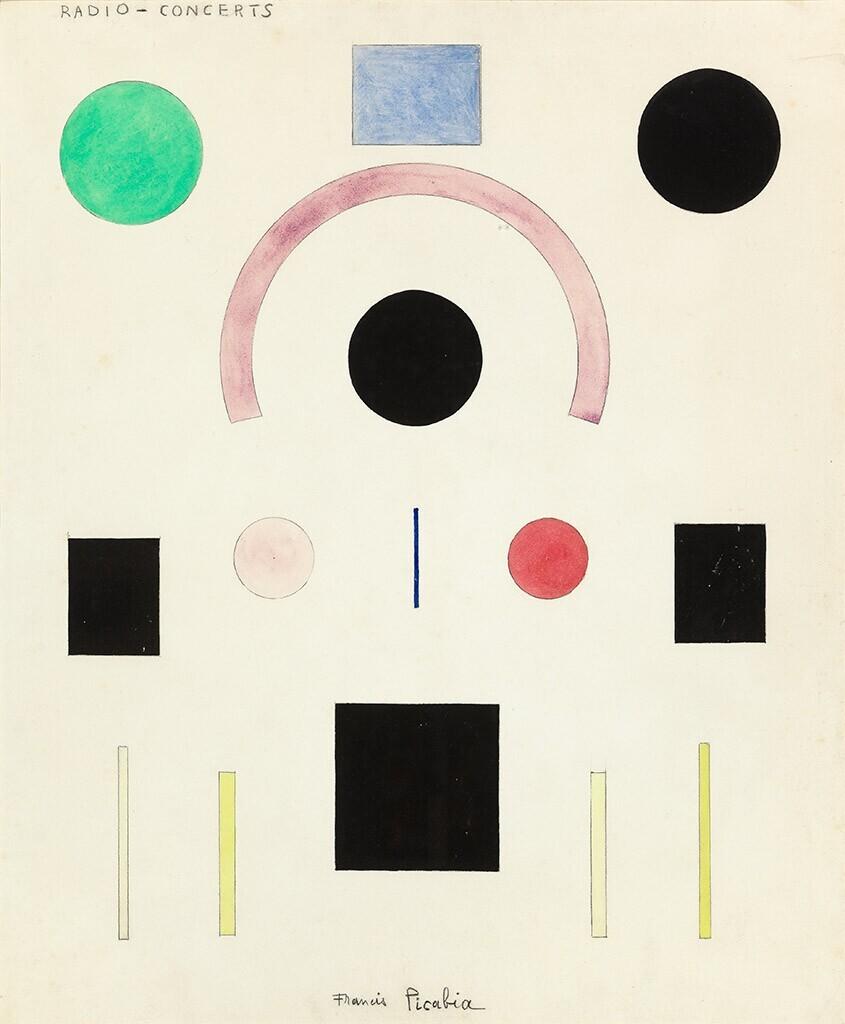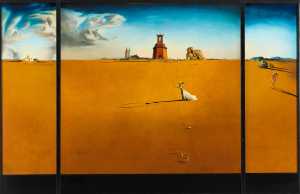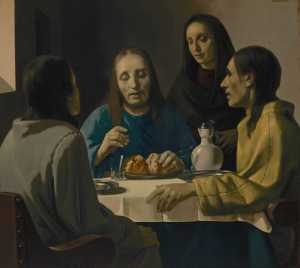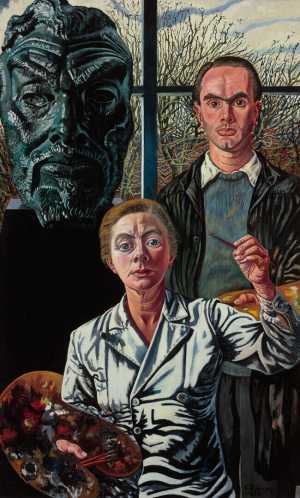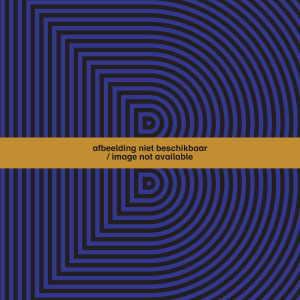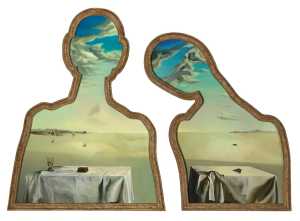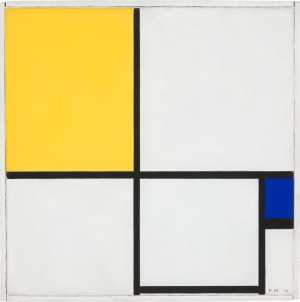Specifications
| Title | Radio Concerts |
|---|---|
| Material and technique | Water-colour on paper |
| Object type |
Drawing
> Two-dimensional object
> Art object
|
| Location | This object is in storage |
| Dimensions |
Height 720 mm Width 590 mm |
|---|---|
| Artists |
Artist:
Francis Picabia
|
| Accession number | 3403 (MK) |
| Credits | Purchase Stichting Fonds Willem van Rede. On permanent loan from the Cultural Heritage Agency of the Netherlands, 1997 |
| Department | Modern Art |
| Acquisition date | 1996 |
| Creation date | in circa 1921 |
| Collector | Collector / W. van Rede |
| Provenance | Marcel Duchamp, Paris; Hôtel Drouot, Paris 8 March 1926; André Breton, Paris; Simone Collinet, Paris 1949; Bruno Piero Milani, Chiasso; Christie’s London 29 November 1989, lot. 508; Waddington Galleries, London; Geertjan Visser, Retie 1992-96 |
| Exhibitions | Barcelona 1922; Düsseldorf/Amsterdam 1958-59; Marseille 1962; Paris 1976; Rotterdam 1996a; Rotterdam 1998a; Utrecht/Otterlo 2000; Leiden 2009-10; Rotterdam 2017b |
| Internal exhibitions |
Surrealism and Beyond (2016) Collectie - surrealisme (2017) |
| External exhibitions |
De Stijl. Het Europese vervolg. Kunst design en architectuur 1917-1931 (2009) Dal nulla al sogno (2018) |
| Research |
Show research A dream collection - Surrealism in Museum Boijmans Van Beuningen |
| Literature | Camfield 1979, p. 191, fig. 220; Borràs 1985, p. 254, cat. no. 281; Belém 1997, p. 29; London/Leiden 2009, pp. 141, 253, fig. 82; De Puydt 2010, p. 49, Camfield/Calté/Clements 2016, no. 752, p. 336 |
| Material | |
| Object | |
| Technique |
Water-colour
> Painting technique
> Technique
> Material and technique
|
| Geographical origin | France > Western Europe > Europe |
Do you have corrections or additional information about this work? Please, send us a message



